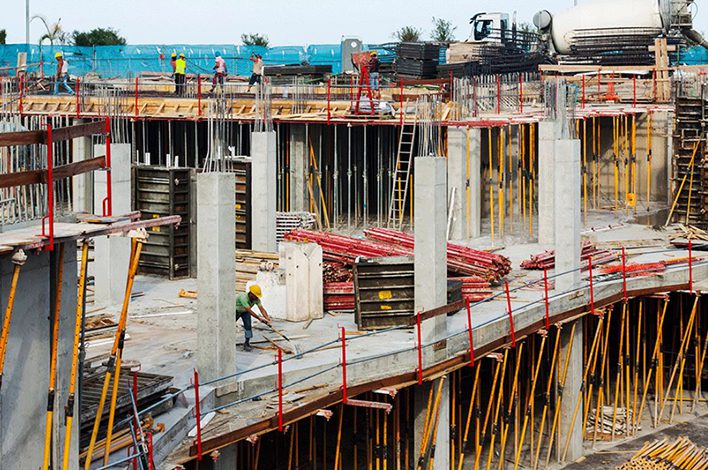The U.S. economy continues to experience inflation levels that have not been seen in 40 years. While inflation has fallen considerably since mid-2022, further declines likely are needed to stimulate economic recovery.
A majority of economists are leaning toward the United States narrowly avoiding recession. However, there are a variety of views on what the economy looks like for the next 12 to 18 months.
According to Teneo Research, there is broad consensus that the United States economic slowdown will continue in early 2023 as the impact of the Federal rate rise from late 2022 starts to feed into the economy.
In a best-case scenario, the United States likely will see a “soft landing” with low or slow growth across 2023 before picking up in 2024.
However, a downside scenario is the possibility of the nation entering a prolonged recession lasting well into 2024.
Economists are dealing with a confluence of factors and mixed signals. Economic headwinds include ongoing supply chain issues and labor shortages along with high borrowing costs, which could cancel projects and reduce buying power. On the upside, we are seeing declining inflation, wage increases, continued job growth and increased government spending, which is driving growth in some construction market segments.
According to Dodge, public works construction will increase by 18% in 2023 to $225 billion. The Infrastructure Investment and Jobs Act (IIJA), signed into law at the end of 2021, provided $1.2 trillion to invest in the nation’s roads, bridges, transit systems, airports, waterways, drinking water and wastewater systems, as well as energy infrastructure.
However, uncertainty surrounds much of the expected investment in infrastructure. In a survey conducted by the Associated General Contractors of America (AGC) and Sage in November and December, only 5% of the nearly 1,000 responding contractors reported working on new projects funded by the law. Another 6% stated that they had won bids but had not started work, while 5% had bid on projects but had not won any awards yet.
Of the growth sectors, manufacturing is one of the bright spots. Investment in data centers, microchip production facilities, auto assembly and electric-vehicle battery plants is expected to continue. Renewable energy projects are expected to grow as well, including offshore wind turbines, onshore wind and solar fields in a variety of states and thousands of electric vehicle-charging stations across the country.
“Homebuilding, already deeply in recession, is likely to stay that way for most of the year if not beyond,” said Ken Simonson, AGC economist. “And then you have a bunch of vulnerable categories because of those rising construction and financing costs that are no longer being matched by rising rents. That would cover multifamily, warehouse, retail, office and lodging. And then I’d also put university construction at risk.”
Given this mixed economic outlook, manufactured precast concrete producers who can pivot to sectors experiencing growth are likely to be rewarded.
Each quarter, NPCA Vice President of Marketing and Communications Tom Rodak takes a look at where the precast concrete industry is and where indicators show it is headed.
